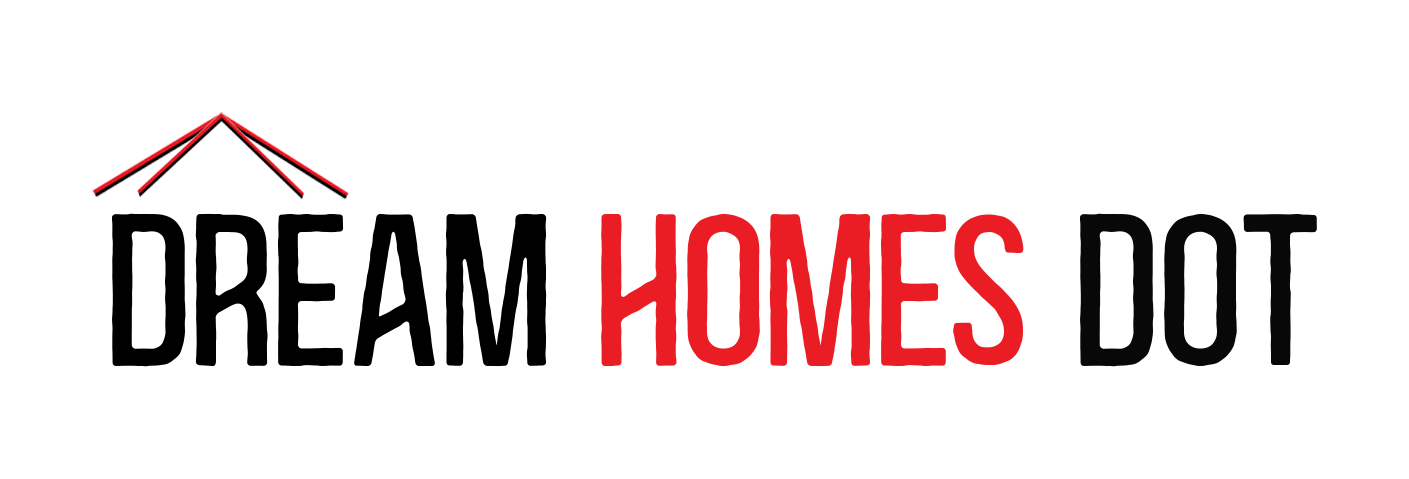While mold may seem like a relic of the past, akin to the horse and buggy era, it’s a modern menace that we’re still battling in our commercial buildings. We’re here to shed light on this persistent issue, offering insights into how to identify and address mold effectively.
Mold infestations can lead to serious health risks and structural damage, so it’s imperative that we’re armed with the right knowledge and tools. Identifying mold isn’t always straightforward, and treating it can be equally complex – but don’t worry, we’ve got a few tricks up our sleeves. So, what’s the secret to uncovering and dealing with this silent intruder? Well, you’ll have to stick around to find out.
Understanding Mold in Commercial Buildings
To effectively tackle mold in commercial buildings, we first need to understand what it is, how it grows, and why it’s a problem. Mold consists of microscopic fungi that grow in colonies. It thrives in damp, humid environments and reproduces through airborne spores. These spores can survive harsh conditions and spring to life when conditions are right.
Now, why is it a problem, you may ask? Mold poses significant health risks, especially for those with respiratory issues or allergies. It can lead to coughs, eye irritation, rashes, and in extreme cases, lung infections. Additionally, it’s a nuisance for building maintenance, as it can damage building materials, leading to costly repairs.
So, how can we recognize mold in commercial buildings? It’s not always as straightforward as it seems. Mold can take on various colors, from black to green, yellow, or even pink. It often has a musty smell and tends to grow on organic materials like wood, paper, or textiles.
Once we’ve identified mold, we must act swiftly. Mold can spread quickly, so it’s crucial to address the issue as soon as possible. This involves finding the source of the moisture and addressing it, then cleaning the affected areas. But remember, it’s not a DIY job. Professional mold remediation is necessary to ensure the mold is completely removed and won’t return.
Signs of Mold Infestation
Recognizing the presence of mold is key, so let’s explore some signs of mold infestation in commercial buildings. You mightn’t always see mold; it can hide behind walls, under carpets, or in ventilation systems. However, several telltale signs can alert us to its presence.
One of the most common indicators of mold is an unusual, musty smell. It’s often the first clue of a mold problem, even before visible growth appears. If you or others in the building notice a persistent odd odor, it’s a good idea to investigate for mold.
Visible signs of mold include discoloration or staining on walls, ceilings, or floors. It could present as irregular spots or patches in varying colors, like black, white, green, or brown. Also, look out for signs of moisture or water damage. Mold thrives in damp conditions, so water stains or condensation could indicate a mold problem.
Moreover, health symptoms can also suggest mold infestation. If occupants of the building are experiencing unexplained allergies, respiratory issues, or other health problems, mold could be the culprit. These symptoms are particularly telling if they ease when individuals leave the building and worsen upon return.
Steps to Proper Mold Identification
While noticing the signs of a mold infestation is crucial, it’s equally important to accurately identify the type of mold you’re dealing with in your commercial building. It’s not enough to just know you have mold; you need to know what kind you’re dealing with in order to effectively address the issue.
So where do we start? First, we’ll need to collect a sample. Using a swab or tape, we carefully collect a sample from the suspected area, making sure not to disturb the mold too much as it can release spores into the air.








